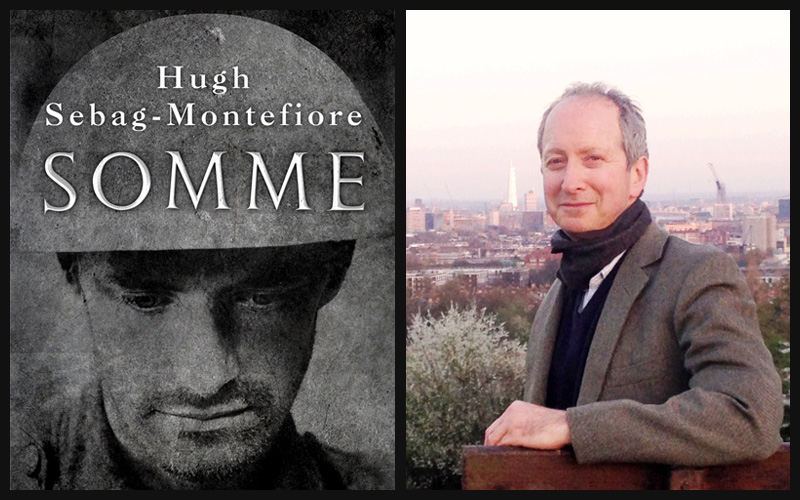On the first day of the Battle of the Somme, the British Army lost more men in a single day than it had ever lost before. Hugh Sebag-Montefiore, author of Somme: Into The Breach, describes the causes of one of the worst days, if not the worst day, in British military history.
One of my main objectives in writing my book, Somme: Into The Breach, was to answer the question: How could the British Army with its overwhelming numerical superiority, and with the tactical advantage of being able to choose the time and place to launch its attack, have contrived to lose more men in a single day (1 July 1916) than it had ever lost before?
Here is a brief summary of what I found out.
The main reason for the disaster on 1 July 1916, the first day of the Battle of the Somme, was that Generals Sir Douglas Haig, Commander-in-Chief of the British Expeditionary Force in France, and Sir Henry Rawlinson, the commander of British troops on the Somme, were not able to agree on a sensible attack plan. Their failure to do so appears to be linked to what happened during the first major British attack on the Western Front, at Neuve Chapelle, during March 1915.
At Neuve Chapelle, Rawlinson made a mistake. He used the reserves on the first day, when he should have kept them back, so that they could exploit any breakthrough. To make matters worse, he then blamed a junior general, only admitting that he was responsible after the junior general complained. Rawlinson was forced to apologise, and he would have been sacked by Sir John French, who at the time was the Commander-in-Chief, had not Haig stood up for him.
Rawlinson’s career was saved, but he was effectively neutered. He could not oppose Haig without contravening the unwritten rule between gentlemen, which stated that if a brother officer saved your life or career, you must never betray him. As a result of Haig’s action, Rawlinson was unable to protest when Haig proposed an unrealistic plan for the Somme attack.
The plan which Haig proposed, and which Rawlinson might well have opposed had he not been so constrained, was to attack the German second line as well as the first. Haig’s insistence that the second line should be attacked as well as the first meant that the barrage on the first line was ‘diluted’. As a result the German resistance in the front line was not quelled prior to the British attack on 1 July 1916. It was an accident waiting to happen as far as the British were concerned.
There were other causes.
British soldiers captured before the 1 July attack told their German interrogators what was going to happen. Rawlinson’s good luck message on the morning of the attack, intercepted by the Germans, told them the assault was about to commence. The decision by Lieutenant-General Sir Aylmer Hunter-Weston to blow up the mine under the German strongpoint near Beaumont Hamel ten minutes before zero hour on 1 July also alerted the Germans that an attack was imminent.
Because of all these factors, when British troops advanced at zero hour, the Germans were in their trenches waiting for them.
As well as covering the 1 July attack, my book also describes what happened on the Somme over the next four months, as seen through the eyes of troops from Australia, New Zealand, South Africa and Canada, as well as from Britain. I found some of the most exciting material overseas.
Explore further
- Objects: Explore the story of the Somme through the National Army Museum’s collection
- Video: Somme 1916
- Interactive video: Do You Enlist?
- Exhibition panels: Create your own Somme centenary display
 First World War in Focus
First World War in Focus


